Is using a lightbox cheating? The controversy about using a projector or a lightbox for your paintings
March 14, 2016 2025-02-05 15:58Is using a lightbox cheating? The controversy about using a projector or a lightbox for your paintings

Is using a lightbox cheating? The controversy about using a projector or a lightbox for your paintings
We all have different ways of working and there are many possibilities to make a preparatory drawing for a painting. To make that drawing some artists will project an image from a picture on their canvas or paper, use a grid system, a light box or a charcoal transfer as other artists will prefer a free hand drawing. So is using a lightbox cheating?
I don’t think there is any right or wrong way to proceed, but I have tried all these methods and by now I have decided that working from my own free hand drawings is more satisfying.
You might be interested in : how to build your own light box
What are the pros and cons of using a projector or a light box?
Mostly, it might depends on the kind of Art you want to make. If you are painting very abstract or expressionists paintings, there might nor even be any need for a preparatory drawing . If you like photorealism, then it is a different scenario. When I used a projector, charcoal transfer or a light box, I did it for very intricate and realistic looking paintings that would have required many days or weeks of drawing. That was a shortcut so I could get to the painting part more quickly.
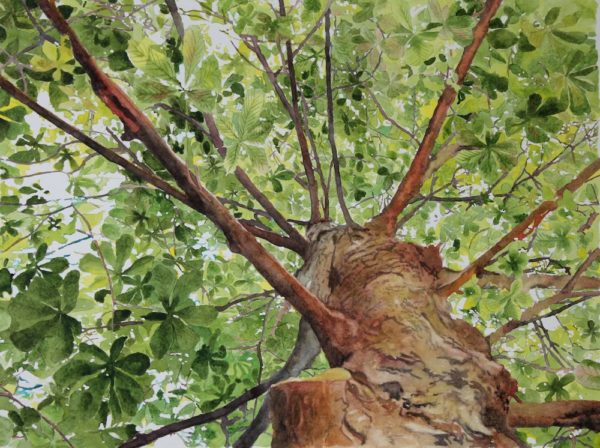
Leaves Lace, watercolor on paper. I used a light box to transfer the very complex drawing
I am less interested in trying to look perfectly realistic and litteral now and more interested in an interpretation of what I see. I don’t want to make a painting that has the look or feel of a picture, but if you like hyper realistic paintings then I guess using a projector or a light box makes sense.
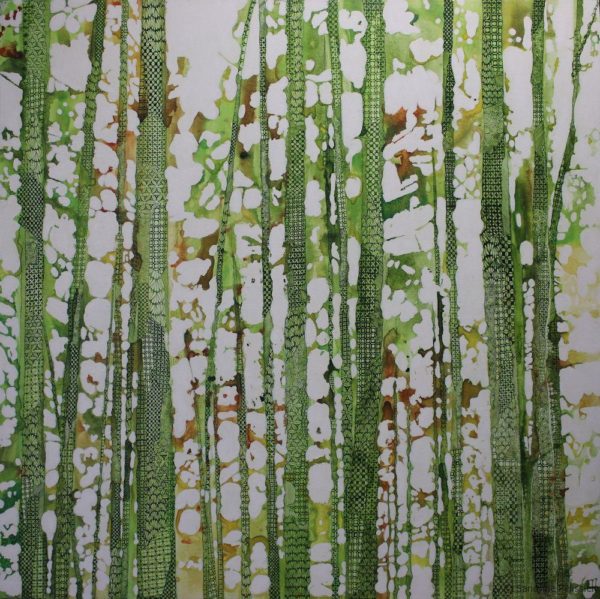
I am less interested in realism in my paintings now. Forest Dream, acrylic on canvas, 48 x 48 inches
When you are using a projector or a light box, you will end up drawing mostly contours of shapes and contours of light and shades areas. You still have to do some simplification and decide what details you want to keep and what you want to leave out so you don’t end up with a giant puzzle looking image that doesn’t make any sense.
Using a projector is not a consequence of recent access to such technology. If you are interested in the subject, I recommend you watch David Hockney BBC documentary : The lost secret of the old masters. A compelling investigation into the use of optical devices since the 15th century.
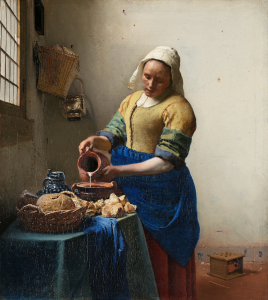
It is highly probable that Veermer used a camera obscura for his paintings.
“Johannes Vermeer – Het melkmeisje – Google Art Project” by Johannes Vermeer -Licensed under Public Domain via Wikimedia Commons.
Why I prefer a grid system or free hand drawing
The thing that bugs me the most when I am using a projector or a light box is that it does not feel like I am learning anything or becoming better at drawing. To me one of the nicest perk of being an artist is that you don’t stop learning, taking risks, making mistakes and learning from those. Personally, and this is just one point of view, I find “safe” art, art that is focusing on the perfection of the end result is way less exciting than art that is more personal in its imperfections. Also my idea of an accomplished artist, the ideal I want to reach is an artist who also can draw.
If you project your drawing then there is not that much difference with a coloring book page and your painting, you end up filling areas with the right color. It is still creative and might give you a good end result but it feels like something is missing in the process.
Using a grid
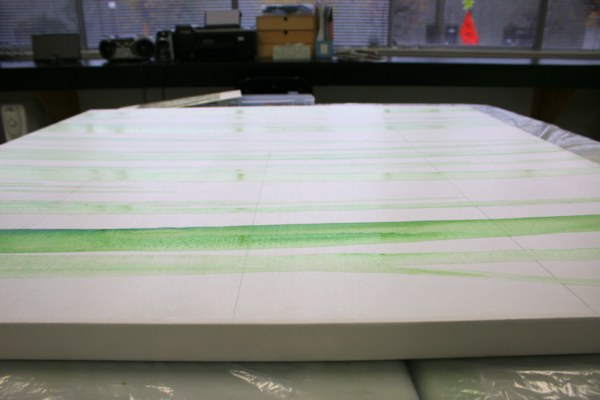
Using a grid system helps me scaling the drawing for large paintings.
For very large paintings, I like to use a grid system if I work from a picture as scaling can be challenging.
You need to be very exact in a portrait if you want to achieve a likeness so I will also sometimes use a grid system when working for a picture for a portrait. It is still hand drawing but with a little help 🙂 Sometimes I will also draw on newsprint paper so I can erase and change my mind as much as I want to before transferring the drawing on watercolor paper with a light box. I do that because watercolor paper can only take that much erasing before the texture is damaged and the damage will show when you start painting.
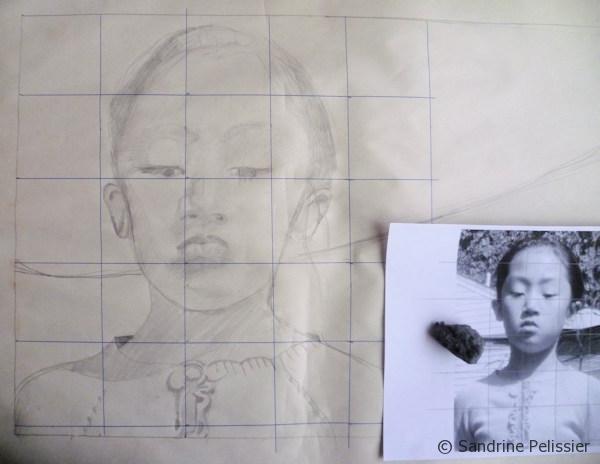
Using a grid system helps me scaling the drawing for large paintings.
Free hand drawing
For most of my figure drawings I now use my free hand drawing. I know there are probably some mistakes in proportions and maybe the likeness is not perfect but they still look more personal, the way handwriting is more personal than typing.
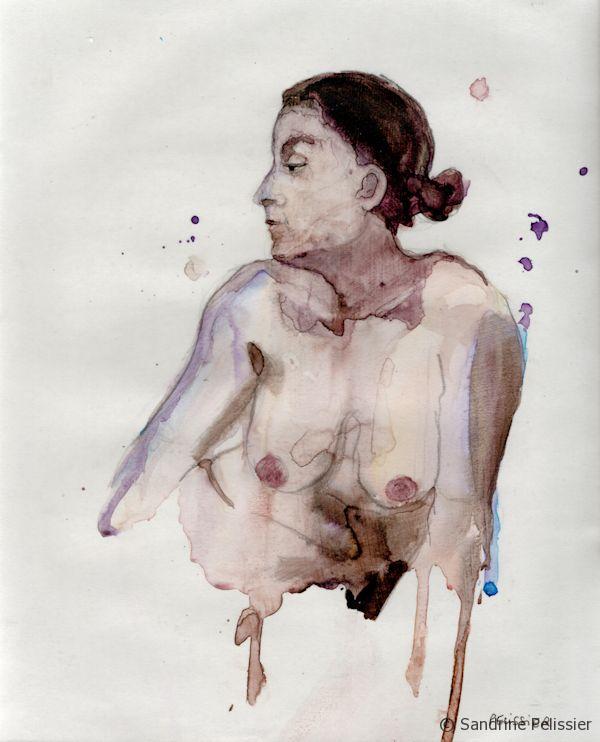
I find it way more satisfying to work from my own free hand drawings even though they might never reach the perfection of a projected image


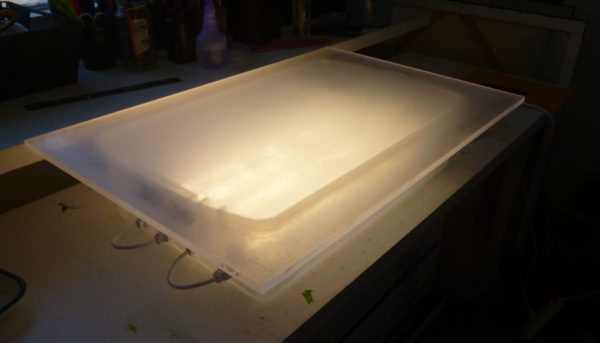

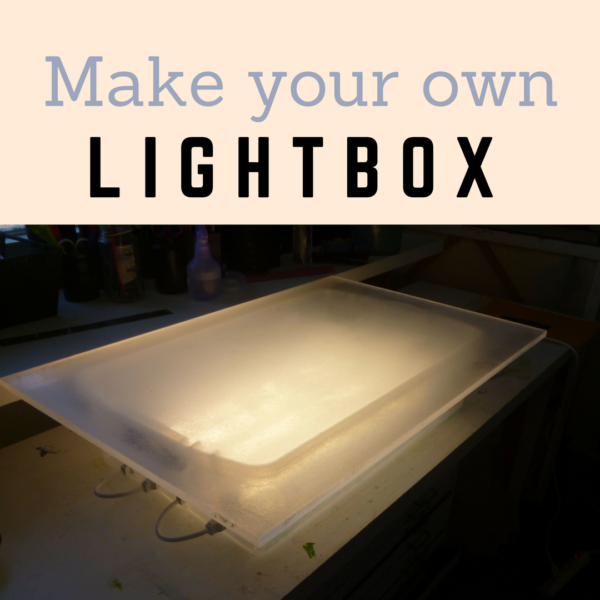
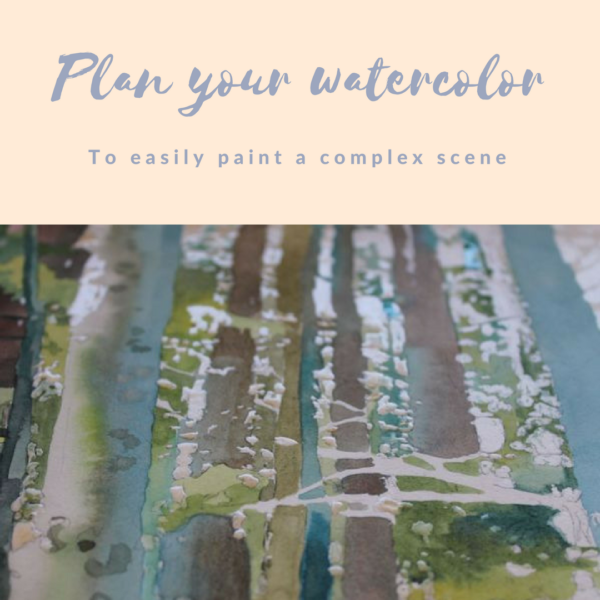

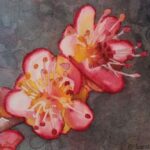
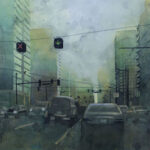
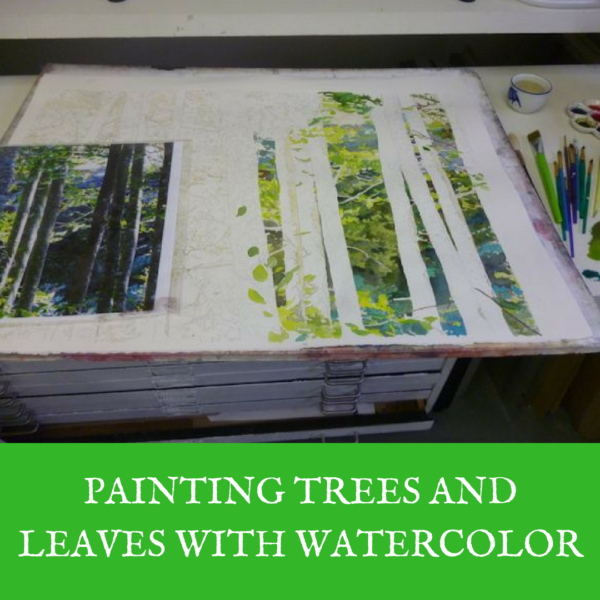


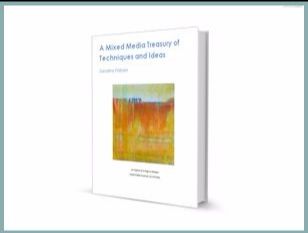

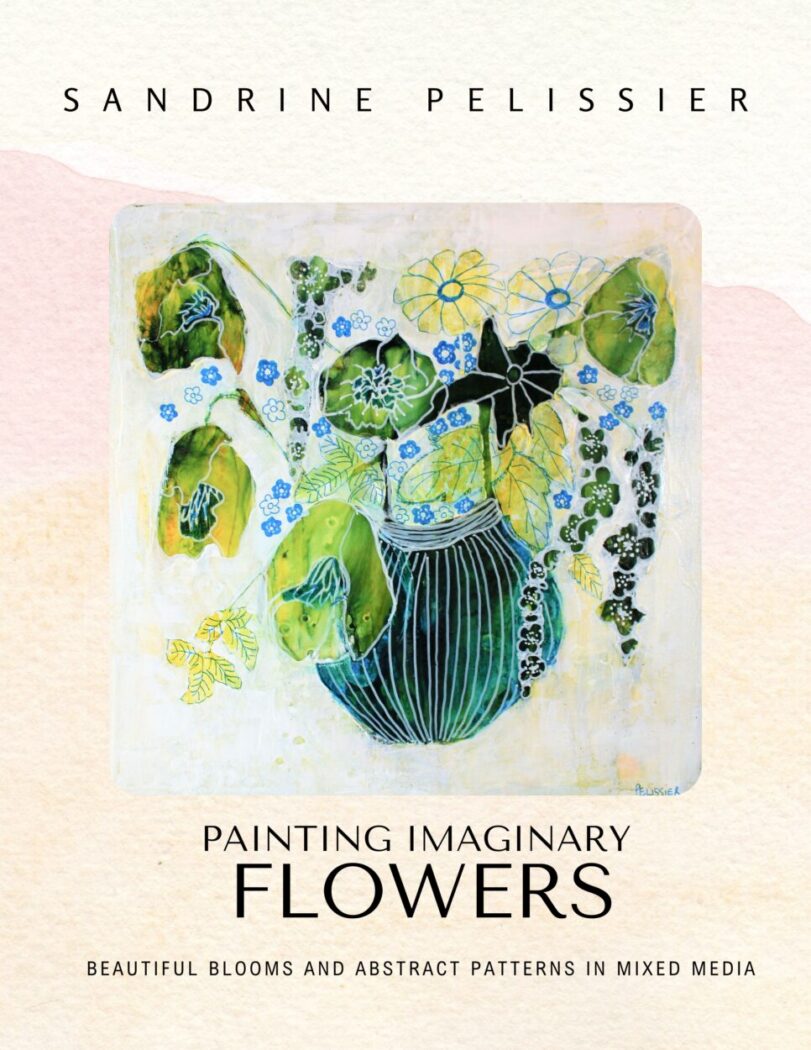
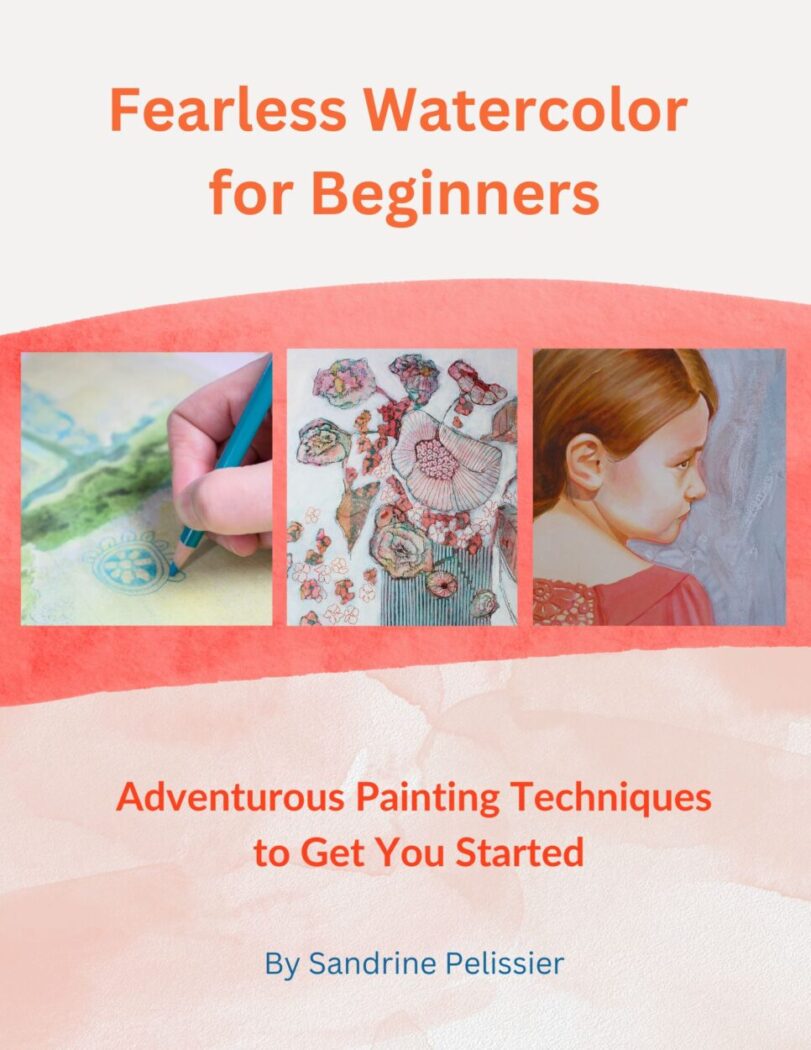

Comments (37)
Tina Burris
Yes! Absolutely! IF he or she knows how to paint. There are many that use projectors and just paint in the lines with solid colors, showing absolute lack of skill. It is a skill to paint just as it is a skill to draw. If someone knows how to do both and do both well then they would be considered a double threat. But it is very much OK to use a projector if you are a painter – but just don’t consider yourself a skilled painter if all you do is color block. Additionally, just in case there is anyone that is unaware, painters have been using the camera obscura for centuries to create more realistic paintings.
Michael Lude
If you are a professional artist and are accredited as such, learning how to work off God given talent, skill and work is vital. While it is smart to find ways to get work done in a timely efficient manner is important as an artist, especially if it’s there livelihood.
Learning to be able to paint draw or create any work of art without the conveniences of modern technology to skip processes in the beginning is what I respect, especially realism.
Picasso, already possessed the ability to do realism at the age of 13, before he later switched to abstract, and it was phenomenal. The masters built 30x60ft frames and larger. They stretched their own canvases and made their own paints without the capability of taking a photograph. It pays to learn first before finding shortcuts just to make a buck. If you do it to learn then that’s different.
Marcia E
I use to use a triangle method. I’d use 3 points on the photo and do the math on how large I wanted my finished piece to be. Then measure and draw on newsprint. So…one point on the chin, one on ear, one on forehead. Measure photo points times 2.45 or whatever. I have saved those newsprints as now I find that scribbled math all over it quite genius. Well then, I stopped art for many years and I scratch my head and wonder ‘hmmm, how did I pull that off’. ha.
Oleg wo’ batlhvaD
I make art daily. I never trace and would not feel right if I did. I’ve made thousands of drawings and paintings in my life without tracing, some for clients, most for myself. It is very satisfying to create using your own God-given ability. Drawing freehand requires inventive imagination, knowledge of anatomy and use of perspective. Tracing is taking a shortcut past this knowledge.
Robby
I have never painted before, but I want to try it an see what comes out of me. However, I’m not a great drawer, so I thought about using a projector to help learn the strokes, movements, etc. Kinda like muscle memory. I feel like a projector would ve a great learning tool, like training wheels. I just want everyone to create art and make cool stuff, and if a little harmless cheating helps someone release their creativity, then why not?
KEN
I wonder how many artists who are selling their work tell their customers that the paintings were projected onto the surface and then painted? And would they if asked?
Or would the customer bother enough?
Sandrine Pelissier
Yes, I think most artists will keep that sort of information for themselves.
l.trav
A projector just gives you an outline…you still have to have a working knowledge of form..light..shadow..cast shadow ..reflected light….and technique…..it is just a time saving device,,if you cannot draw a projector… or any device for that mater will not give you the results you seek.However it can also serve as l learning tool to drawing…by showing you the mistakes you repeatedly make when drawing from a photo freehand.Peace and a life of creativity to all.
l traverson
You would be amazed how many artists use technical means.These hyper realistic pen drawings by artists im sure ALL use a projecter.The internet is flooded by speed drawings set to mood music,achieving amazing results,,,the trace lines dont show up on camera,,,,valid?Of course…even Van Gogh used a wooden framed grid on a stand made of cross strings on a frame to aid in perspective,in short the end justifies the means.
Sue O.
So I’m wondering if the folks who don’t think it’s okay to use tracing, lightboxes or projectors think it’s okay to sell copies of their work rather than just originals.
Peter
Any technique that gets the image onto the paper/canvas is legitimate. The fact some people paint/draw from a photograph and not ‘real life’ is considered by some, cheating which is plainly snobbish nonsense. I have worked as a professional artist for 37 years and I have found that each method be useful – projecting the image, light box tracing, the grid system or freehand straight onto the paper. Each will give a different result and each finished painting will have its own unique feel. In the end use whatever method gets you to pick up a pencil or brush and create! My only absolute: always keep a sketchbook and never stop using it, it’s hard at first but it pays dividends in the long run!
Jocelyne Roussel
Moi j’utilise plusieurs méthodes: si je veux de la précision, je fais agrandir ma photo que je transfert avec un papier graphite ou par transparence dans une vitre ou avec la grille. Dessiner prend plus de temps et comme disait un peintre dont je ne sais plus qui et qui utilisait le transfert: “Je ne dessine pas, je peins”. Pour moi, c’est le résultat qui compte.
Bye, Jo
Sandrine Pelissier
Je comprend ton point de vue mais ne penses tu pas que le dessin fait aussi partie de la peinture? Peut être une des parties les plus importantes puisque tout ce que tu fais après en découle. Si tu utilise des méthodes de transfer, ton dessin sera toujours réaliste par exemple, cela ne nuit t-il pas au développement d’un style plus individuel?
Diane
I’ve used all the methods you mentioned. Freehand takes so long but feels more ‘legitimate’ to me. I can’t get past the feeling that tracing feels like cheating to me, plus it is less satisfying. Most of the time I use the grid method.
Sandrine Pelissier
Thanks Diane, I am the same, I feel better when I draw free hand or with a grid 🙂
Pat
I sometimes use both these techniques, and especially when I can’t trust myself to do an accurate sketch on to watercolor paper without needing a lot of erasing, or am re-sizing a drawing ( ie the painting will be bigger than the sketch).
I haven’t got a lightbox, but sometimes use the old trick we used as kids. You stick the sketch to a window using masking tape and then stick the watercolour paper over this which enables you to trace the drawing through. Best on a bright day.
If using a grid it is also handy to have a piece of acetate (similar to what we used for ‘slides’ on a projector prior to Powerpoint!) with the grid photocopied on to it. You can then tape your original sketch to the table and tape the acetate over, instantly “grid-ing” it. Only for A4 type sizes I suppose.
Sandrine Pelissier
Thanks Pat, good tip about the grid on acetate paper!
Sherry pinck
I paint exclusively in watercolor. Have actually never taken a class in another medium. I began painting as a “mature” woman. Haven’t had a lifetime of drawing. Drawing is a bit of a struggle. Unfortunately for me, my best paintings have been realistic portraits. I painstakingly struggled to pin down the proper facial landmarks etc. After Having achieved a drawing level of a sufficient nature to overcome my guilt, I began using a projector for the facial details. I disagree with the idea that if you want a photograph, take one. Ten artists can paint from the same photograph and show ten different styles and emotion. My view of the subject comes through as my own interpretation. Perhaps I would feel differently back in the day. But frankly, my enjoyment of the process begins when I start painting. Of course that would be following the terror felt just before the first brush stroke on the pristine unpainted 300 pound cold pressed sheet of watercolor paper. I guess we all must decide for ourselves. That’s what makes it art. If you plowed through my comment to this point, thank you for allowing me to express myself. Regards, Sherry
Sandrine Pelissier
Thanks Sherry for sharing your experience:)
I agree, we are all different and have different ways of making art, that is why I wanted to make this post and hear about different views on that subject.
Emma Taylor
Very interesting thread here. Working in soft pastel for portraits, I found, can run over the under drawing, so…. I do a TRACE of my original sketch. I can use it as an overlay throughout the work to check original dimension and proportions. It works as a good reminder of the original objective, even if I choose to ignore my ‘mistakes’. Cheating? It helps get the job done-
I am far too lazy to use a grid!
Anna
Amen to that. The watercolor instructor at a local museum had his class grid photos during a six-week course as the basis for a painting. That’s pretty much how I spent the six weeks.
Frankie
I have never used a light box but have resorted to tracing paper upon a few occasions. I view this as a way to help train my brain and my hand to work together – it helps me see where I have gone astray and then I can teach myself how to make corrections. My goal, however is to improve my free drawing skills both in accuracy and in speed. A little shortcut , I suppose. I want a painting to look like a painting and a photo to look like a photo. Having said that, I am in total awe of artists who are able to paint so realistically that you have to wonder if it is really a photo. It is an amazing ability way beyond my capabilities.
edreid49573300
Re S comments:
I agree with you. Every movement we make in creating our art is unique to us. We move the paint in ways which engage us with all the elements of the work. That, for me, is the magic.
S.
Interesting subject! I both freehand draw for some of my paintings and use a projector for others (more on this in a minute). An artist friend many years ago suggested getting a projector and I was at first appalled. But her explanation was simple and made sense: even the thumbnails I was drawing were painstakingly drawn and detailed; I have already done my drawing — get on to the painting! Despite that fact, when I bought a projector, I did feel unpure and like a “cheater” and a “fake.” It took me awhile to get past that mindset. When I have drawn it already, or composed a composition with my camera, I have already composed my subject. It is my work. I made a deal with myself to always use it just a bit out of focus, allowing me to block in the big shapes, placement, etc., so I can add the detail when I paint. It is especially helpful when working on large works (22 x 30 or larger). I also use it sometimes when I’ve taken random pics of a still life; I can go in and recompose as I go, moving elements, switching things out, etc. It gives me a lot of freedom in that regard. I am careful not to use it as a crutch for drawing, which is so important.
If we hadn’t invented brushes, we would all still be painting with fingers and sticks, I suppose. Does that make using brushes wrong??? If we didn’t use new tools and techniques, art would not be where it is today. Oh, and do we cheat if we use a camera? Some think so; not I. Just my thoughts.
Sandrine Pelissier
Thanks S for your comment, you are making some very interesting points.
I agree with you on the fact that technology changes the way we make Art, for example we now use camera when artists might have used a sketchbook for reference. Is it cheating or just being more efficient?
But then, you can also consider that technology changed even the main purpose of making Art.
Artists used to make realistic portraits of people who could afford them so future generations could see what they looked like, as nowadays, with cameras on every cell phone, almost everyone physical appearance is well documented.
So when pictures are everywhere and so easily done, trying to reproduce a photographic realism, using technological tools like a projector is only one way of making art. When I see a realistic looking painting, I often admire the technical skills but wonder about the point of making a painting that looks like a picture.
So then, why not try to interpret what we see through the filter of our own hand drawing, that is as personal as our own handwriting. Using a projector with a picture will kind of erase any personal interpretation of what we see.
20 artists using the same picture and projector will start with more or less with the same drawing as 20 artists working from their own drawing will have a much more unique starting point.
S.
I will say this also with regard to transferring through some means images already drawn by the artist. Most of my work has been in watercolor. I have found that the paper can take very little “correction” without having it ruin both the paper and your painting. To me, it has always made sense, then, to prepare your work and transfer it to the watercolor paper so as not to damage the paper. With acrylic and other mediums you may not be able to tell where erasure corrections, etc., have been made in the drawing. But with watercolor, it doesn’t take much to have it show.
Sandrine Pelissier
Yes, I totally agree. Working on watercolor paper does not allow for many corrections so in that case transferring your drawing is almost inevitable.
Jaime
For the longest time I was scared to freehand draw because I was not confident in my drawing skills. Recently, I have been making a painting daily, and in order to complete them on time, I had to draw freehand. I realized that there will always be a point where you feel like nothing is turning out right and it’s hopeless. The trick is to keep going. I have found every time that if I keep going past that point, everything comes together. I have used a grid in the past, which is very helpful. I haven’t used a lightbox in years, and I guess I would only see it as cheating if you were to copy another person’s work and try to act like it is your own. It seems like it might be a helpful way to transfer a photograph or sketch of your own, though.
Sandrine Pelissier
Yes, I am also experiencing that stage when I am working on a painting. I call it the “ugly stage”, when everything seems to be going wrong with a painting. Often if I keep working on it, it comes back to looking the way I want it to.
Sonia
I do a lot of plein air sketching, usually in an A5 sketchbook. If I intend to make a finished painting, my reference sketch needs to be enlarged and I often find in re-drawing the subject I lose the appeal of the original. I get better results by scanning and enlarging the sketch, perhaps refining the composition on the print-out, if necessary, and then using a lightbox to transfer the image to my watercolour paper.
Cathy Barzo
I’m a relatively new artist but I think any drawing should be freehand. I can see its use for portraits. Like you, I’m not into photographic-like paintings – I’d rather use a photograph. So I do think using a projector is cheating, but I’d be okay with limited use.
Anna
I used to think it was cheating until learning of the use of transfer devices by many Old Masters as mentioned. Their use makes the practice more of a shortcut. Having said that, I am pursuing online fine arts study and try to draw something or practice calligraphy every day. While my end goal is to become a watercolor dabbler, understanding the foundations, of which drawing is the footing, is the key to proficiency.
Tash
May I ask, are you studying through a specific website? I only ask because I’m not able to go and study at a fine arts college myself, but would like to learn the foundations etc myself ?
Anna
That is a fact. There are good relatively inexpensive online graphic arts programs available from smaller colleges but with them come deadlines. I’m retired and done with that.
There is an online program developed by a UK oil painter called Virtual Art Academy that is impressive. Its only $20 a month following the ‘apprentice’ format. The reading and projects follow a progression that does not include much painting in the early stages while he provides the basics, but that’s what brings me to fantastic sites like this, thepostmansknock, creative bug, craftsy, et al. Best wishes!
Tash
Thanks so much! My apologies, I had read the reply much earlier but had forgotten to reply. Thank you for the ideas! Much appreciated 🙂
edreid49573300
Interesting post, Sandrine. Drawing does not come easily to me so I will use the grid to make sure that proportions are correct in figurative work although I feel slightly guilty! I have not used a light box and only once resorted to tracing paper. I think a light box sounds wonderfully helpful.
Even when using the grid I think my drawing skills are improved a little so every small aid is valuable. I don’t just want to color in the shapes, but I love to paint. I am sure many of us still labor under the illusion that we should have been born with all such skills, but the slow process of learning makes the mastery all the more precious for those of us who struggle.
The joy and freedom when brush and paint meet paper is a beautiful feeling.
Sandrine Pelissier
Thanks Eddi for your comment. I really like what you said about mastering drawing skills, it takes an awful long time and can get very frustrating but the rewards are worth it.